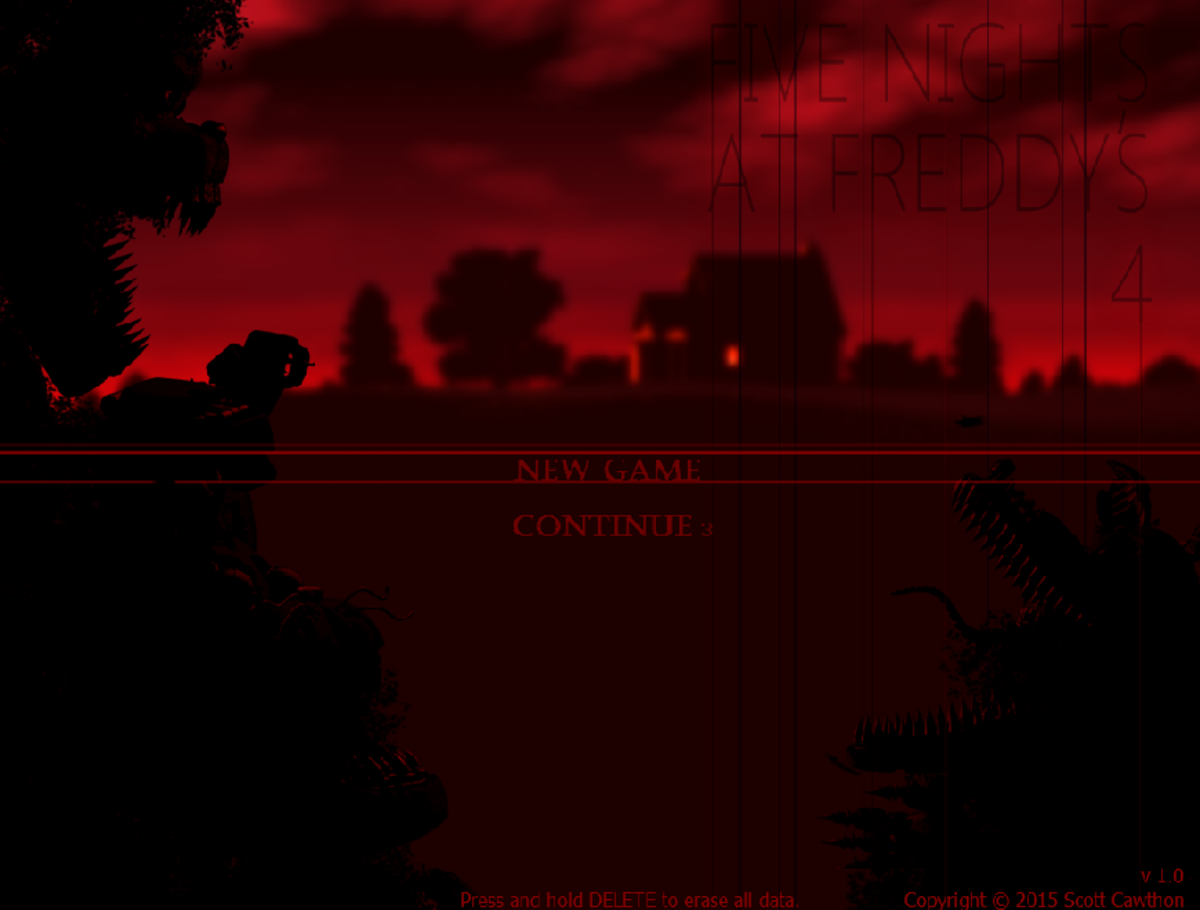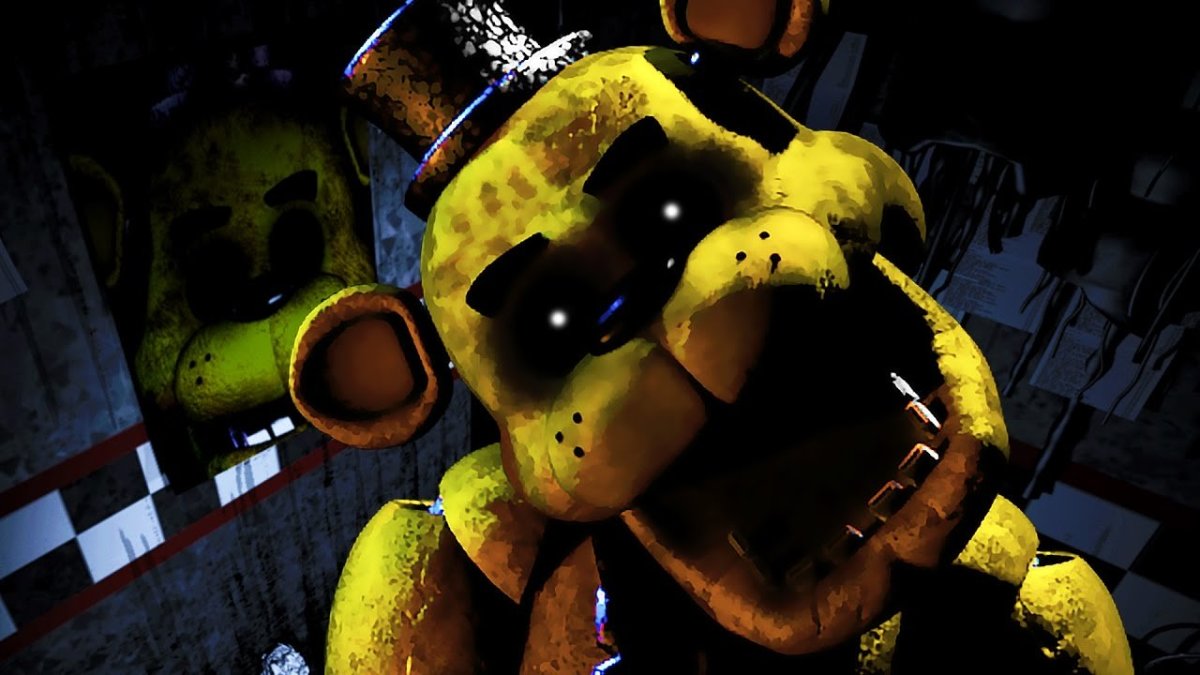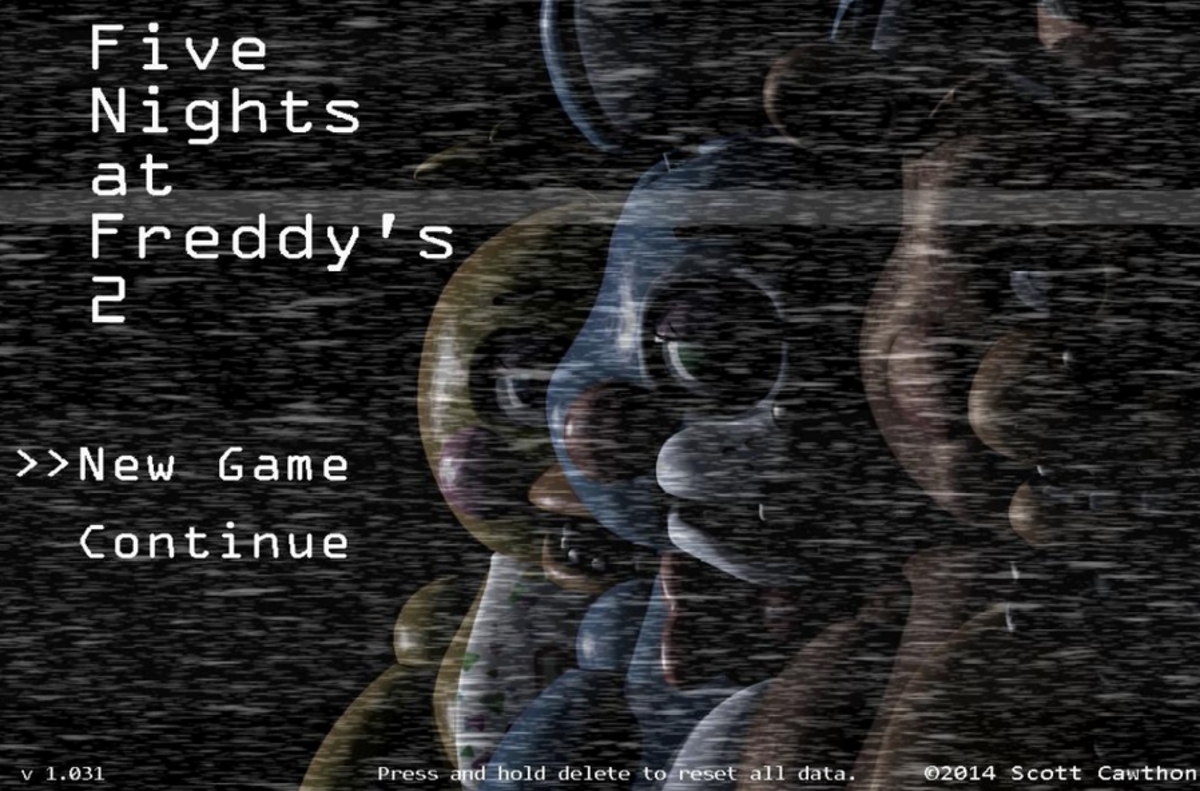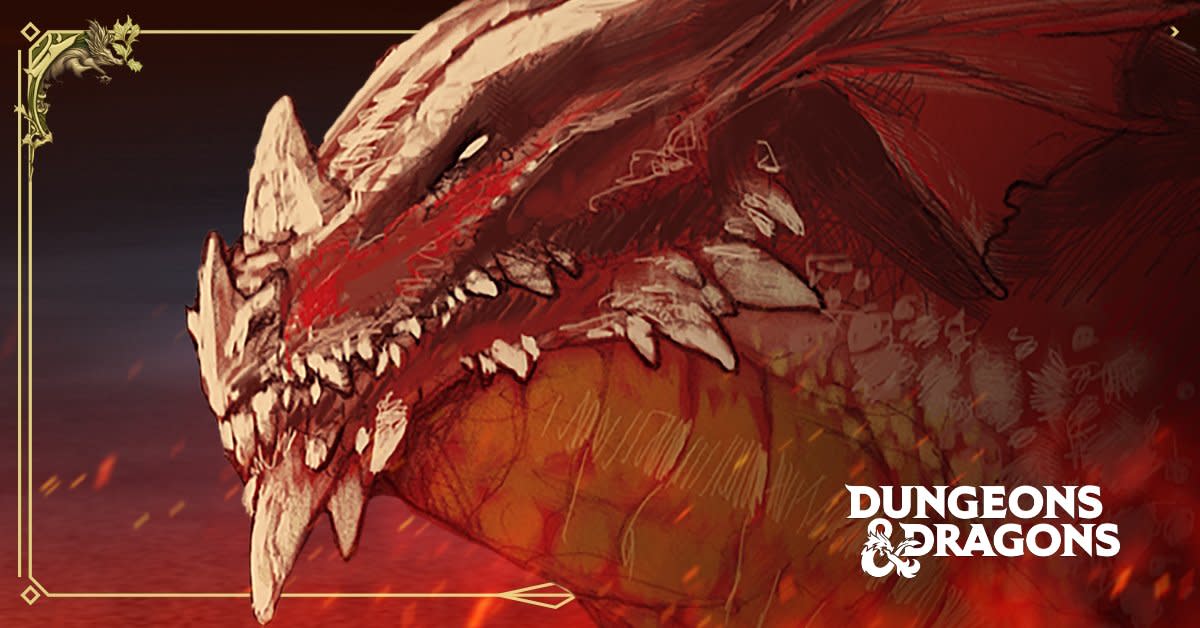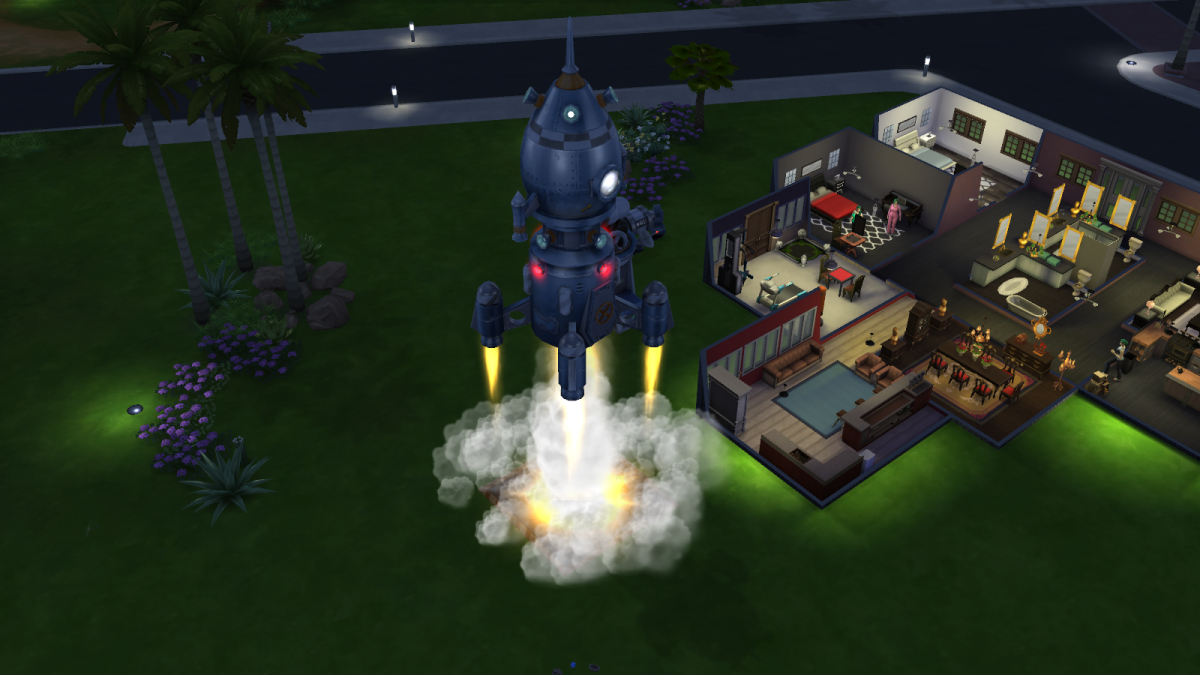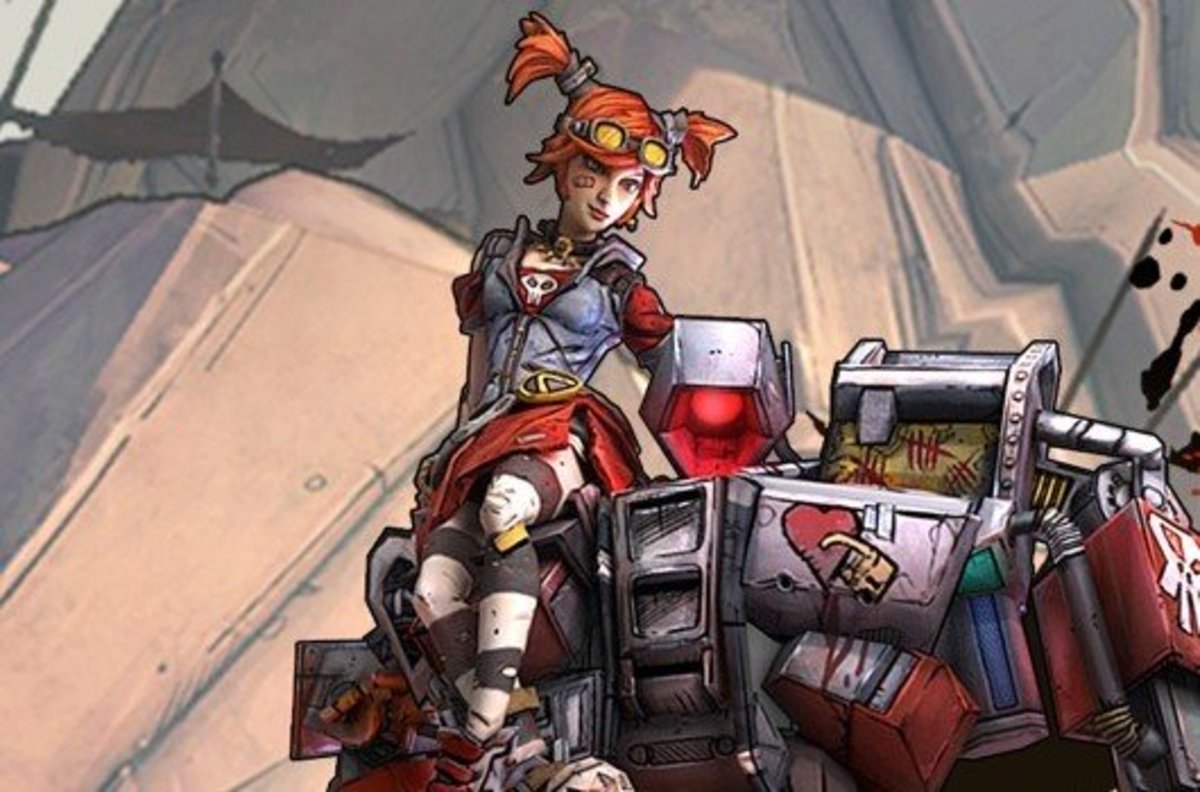The Flaws of Five Nights at Freddy’s: A One-Trick Pony in Horror Gaming


The Flaws of Five Nights at Freddy’s: A One-Trick Pony in Horror Gaming
Five Nights at Freddy’s (FNAF), developed by Scott Cawthon, exploded onto the gaming scene in 2014, capturing a massive audience through its viral spread on platforms like YouTube. However, beneath the surface of its cultural phenomenon lies a game that prioritizes cheap jump scares over meaningful horror, lacks a coherent story, and fails to innovate within the genre. FNAF is often hailed as a groundbreaking horror game, but its reliance on repetitive mechanics, lackluster narrative, and stolen elements from superior games reveals it as a shallow experience—a video game equivalent of a jack-in-the-box, startling but ultimately forgettable. Its fanbase, largely composed of impressionable children and adults nostalgic for YouTube-driven hype, often overlooks these flaws, while the game’s bizarre undercurrents have attracted troubling subcultures. This essay explores why FNAF fails as a horror game, how it borrows heavily from better titles without adding substance, and how its creator has inadvertently pandered to questionable audiences.
A Reliance on Cheap Jump Scares
At its core, FNAF is built around a simplistic gameplay loop: players assume the role of a security guard monitoring animatronic characters in a pizzeria through security cameras, managing limited power to keep doors closed and lights on to avoid being attacked. The horror hinges on jump scares—sudden, loud interruptions when an animatronic catches the player off-guard. While jump scares can be effective when used sparingly, FNAF leans on them exclusively, creating a predictable and monotonous experience. Unlike classic horror games like Silent Hill 2 or Dead Space, which build dread through atmosphere, pacing, and psychological tension, FNAF offers no sense of escalating terror. The game’s environments—static, dimly lit rooms—lack the immersive world-building of Resident Evil’s Raccoon City or Thief’s shadowy, oppressive settings. Instead, FNAF feels like a repetitive cycle of waiting for the inevitable scare, akin to cranking a jack-in-the-box until it pops. This overreliance on jump scares masks deeper flaws in gameplay. The mechanics are simplistic, requiring players to juggle camera monitoring and resource management without meaningful variation. There’s no exploration, no puzzle-solving, and no sense of agency, unlike Dishonored or The Evil Within 2, where players navigate complex environments and make strategic choices. FNAF’s gameplay grows stale quickly, as each night repeats the same formula with minor increases in difficulty. For a horror game to resonate, it must build dread and immerse players in a believable world, but FNAF’s one-note approach feels more like a gimmick than a game.
A Lackluster and Illogical Story
FNAF’s story is equally underwhelming, failing to provide the grounding necessary for effective horror. The premise revolves around haunted animatronics in a Chuck E. Cheese-style pizzeria, driven by a convoluted backstory involving murdered children, vengeful spirits, and a mysterious killer. While this could have been compelling, the narrative is delivered through cryptic phone calls, hidden Easter eggs, and disjointed lore that requires players to piece together a puzzle that barely makes sense. Horror thrives on a plausible suspension of disbelief, where even supernatural elements feel grounded in a coherent reality. Classic horror films like The Texas Chainsaw Massacre (1974) or Alien (1979) create terror by rooting their premises in relatable human fears—survival, isolation, or betrayal. Similarly, games like Silent Hill 2 and Dead Space weave narratives that, while fantastical, are emotionally resonant and logically consistent within their worlds.FNAF, however, offers no such coherence. Its story is a mishmash of nonsensical events, with animatronics behaving in ways that defy logic (why do they attack only at night? Why are they tied to a pizzeria?). The lore, expanded across sequels and supplemental media, becomes increasingly absurd, with time travel, sentient AI, and other elements that feel like fanfiction gone awry. Unlike John Carpenter’s Halloween (1978), which builds dread through Michael Myers’ relentless but believable menace, or The Terminator (1984), which grounds its sci-fi horror in a clear narrative, FNAF’s story feels like a parody of itself. It’s a far cry from the carefully crafted worlds of Thief or Dishonored, where every detail reinforces the atmosphere and stakes.
Borrowing Without Innovation
FNAF’s lack of originality is another critical flaw. Many of its best elements are lifted from earlier, superior horror games, but without the depth or creativity that made those titles memorable. The grainy, static-filled camera feeds, a hallmark of FNAF’s aesthetic, echo the surveillance mechanics in Manhunt (2003), where players used cameras to navigate a gritty, oppressive world. Similarly, the game’s use of darkness and limited visibility draws heavily from stealth-horror classics like Thief: The Dark Project (1998), which used shadows to create tension and empower players to outwit enemies. However, where Thief offered intricate level design and player choice, FNAF reduces these concepts to a repetitive, barebones experience. Even the animatronic premise, while seemingly unique, feels like a shallow riff on Chuck E. Cheese and Showbiz Pizza’s animatronic mascots. Rather than using this concept to explore something deeper—say, the uncanny valley or corporate decay—FNAF settles for a cartoonish, over-the-top backstory that lacks emotional weight. Compare this to Silent Hill 3, which uses grotesque creatures to explore themes of trauma and loss, or Dead Space, which transforms a sci-fi setting into a meditation on isolation and madness. FNAF’s failure to innovate leaves it feeling like a derivative imitation, borrowing mechanics and aesthetics without understanding what made them effective in the first place.
A Fanbase Driven by Hype and Nostalgia
FNAF’s massive popularity, particularly among younger audiences, is less a testament to its quality and more a product of its viral spread through YouTube and streaming culture. In the mid-2010s, YouTubers like Markiplier and PewDiePie amplified the game’s reach with reaction videos, showcasing its jump scares to millions of viewers. For many young fans, these videos framed FNAF as the pinnacle of horror, despite its lack of depth. The game’s simplicity and accessibility made it appealing to children, who were drawn to its cartoonish characters and straightforward scares. However, this audience often lacks the context to compare FNAF to more sophisticated horror games like Resident Evil or The Evil Within 2, which require patience and emotional investment. Adult fans, meanwhile, often fall into two categories: those nostalgic for the YouTube-driven hype of their youth and those drawn to the game’s bizarre subcultures. The former group, often described as “dudebros,” clings to the idea that FNAF is a creative and scary masterpiece, overlooking its flaws because of fond memories of watching Let’s Plays. This nostalgia blinds them to the game’s lack of atmospheric horror or meaningful innovation, as they equate loud jump scares with genuine fear. In contrast, horror classics like Poltergeist (1982) or A Nightmare on Elm Street (1984) endure because they tap into universal fears—family, safety, dreams—while FNAF’s scares are fleeting and superficial.
A Disturbing Subculture
Perhaps the most troubling aspect of FNAF’s legacy is how it has attracted a niche but vocal subculture of fans who sexualize the animatronic characters. The game’s anthropomorphic robots, designed to resemble animals like bears and foxes, have inspired a disturbing amount of fan art and fiction that fetishizes these inanimate objects. While Scott Cawthon likely did not intend for this, his continued pandering to the fanbase—through endless sequels, merchandise, and vague lore that encourages speculation—has fueled this subculture. By leaning into the game’s cartoonish aesthetic and refusing to ground the story in any meaningful reality, Cawthon inadvertently created a sandbox for perverse interpretations. This stands in stark contrast to horror franchises like Evil Dead or Alien, which use their grotesque elements to evoke fear, not fetishization.
Conclusion
Five Nights at Freddy’s is a prime example of a game that prioritizes shock value over substance, relying on jump scares to mask its repetitive gameplay, incoherent story, and lack of originality. While it captured a massive audience through viral marketing and YouTube hype, its flaws are evident when compared to horror classics like Silent Hill, Resident Evil, or Thief, which build dread through atmosphere, narrative, and innovation. FNAF’s fanbase, driven by nostalgia and a lack of exposure to better horror, often overlooks these shortcomings, while its creator’s pandering has enabled disturbing subcultures to thrive. Ultimately, FNAF is a one-trick pony—a jack-in-the-box that startles briefly but fails to leave a lasting impact. For true horror, players are better served by exploring the rich, immersive worlds of Dead Space, Dishonored, or the classic films that continue to define the genre.


